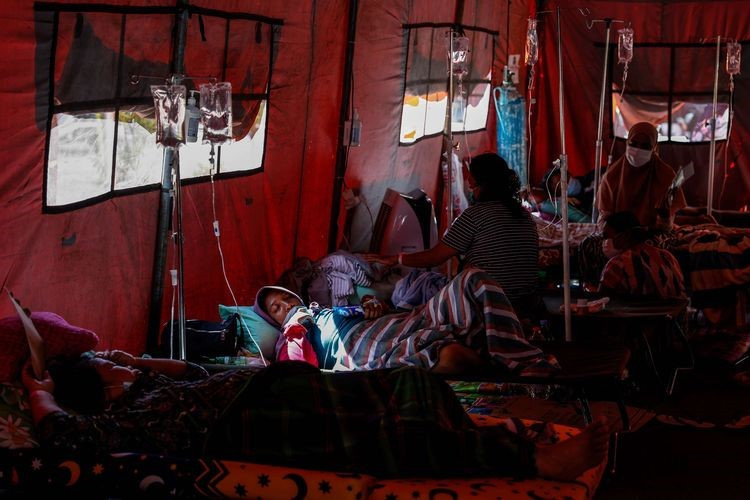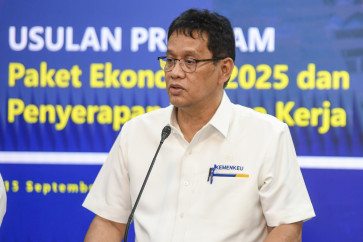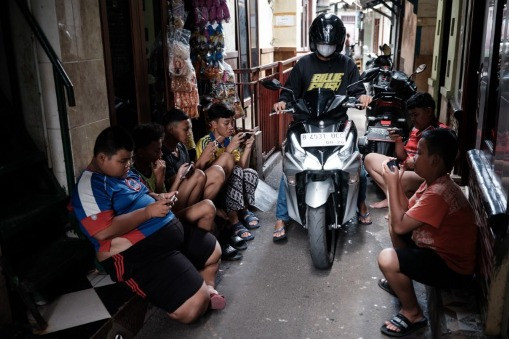Popular Reads
Top Results
Can't find what you're looking for?
View all search resultsPopular Reads
Top Results
Can't find what you're looking for?
View all search resultsGovt decision to increase testing rate contributes to soaring COVID-19 case numbers
Change text size
Gift Premium Articles
to Anyone
O
n Thursday, Indonesia confirmed 56,757 new COVID-19 cases, up from the day before at 54,517. The number of new cases on Friday was 54,000.
COVID-19 vaccination team spokeswoman Dr. Siti Nadia Tarmizi said most of the infections had been recorded on Java.
“Of the 34 provinces, an increasing number of cases has been spotted in 13 provinces, while there has been a declining trend with the other 11 provinces. The rest have been stable in case movement, ” Nadia said on Friday.
She added that the declining trend was one of the impacts of the government’s decision to increase daily testing numbers.
“Compared to the day before, the positivity rate has been declining, and it is in line with the number of tests conducted. The number of people who are doing the tests has increased to 182,000 people,” she said.
She also added that at the same time, there had been an increase in recoveries, amounting to 19,000 people. Nadia also said the number of recorded cases was three to four times higher than the peak season in December 2020 and January of this year. That, she went on, could only mean that the government had raised the rate of testing and that during the December 2020 to January 2021 period, the use of antigen rapid testing to diagnose or detect illness was still limited.
“We are now combining the use of PCR tests with antigen rapid tests to be able to spot people with the virus and then immediately separate them from the healthy ones to prevent further infections to the surroundings,” she said.
Dr. Hermawan Saputra of the Indonesian Public Health Expert Association said the increasing positivity rate phenomenon was quite normal, given that there had been an increase in both the capacity and the quantity of testing conducted by the government.
“So right now, our active cases, according to data, are more than 480,000 and suspected cases are more than 200,000. So the number of actual probable cases is approximately 680,000 cases,” he said.
“Therefore, our target for testing should be continuously increased. Ideally, we should eye 900,000 to 1 million tests per day. But I agree that what the government has done here deserves praise.”
He then said the continuous progress and development on a daily basis deserved to be appreciated. He went on to say that the increased testing would cause a higher COVID-19 positivity rate to be seen.
“Please don’t worry if we have another record-breaking number again in the future. The rising number because of the high testing level is benefitting our risk mitigation, so we can have better planning to speed up case handling and avoiding a higher number of deaths.
Dr. Hermawan also said that the low testing rate was due to the massive-passive nature, meaning the tests were conducted on people who were already hospitalized or those who were treated at other health facilities, such as health clinics or community health centers.
From the epidemiological perspective, he said, what was important was finding active cases.
“A swift detection at the downstream and then the development of detection in risky populations due to the indication of mass infection or local transmission on the field [is what’s important],” he said.










